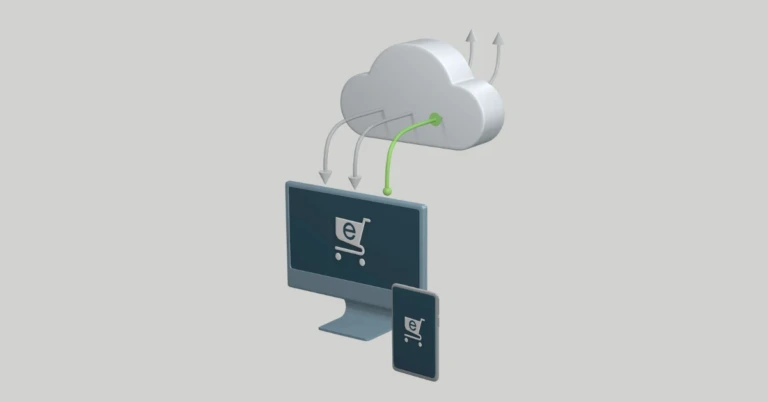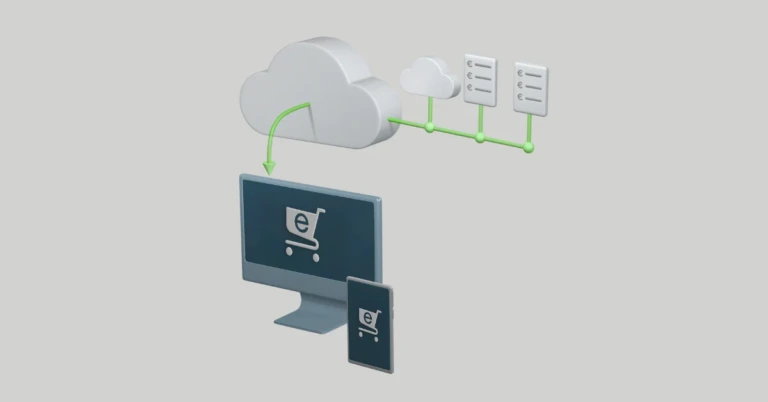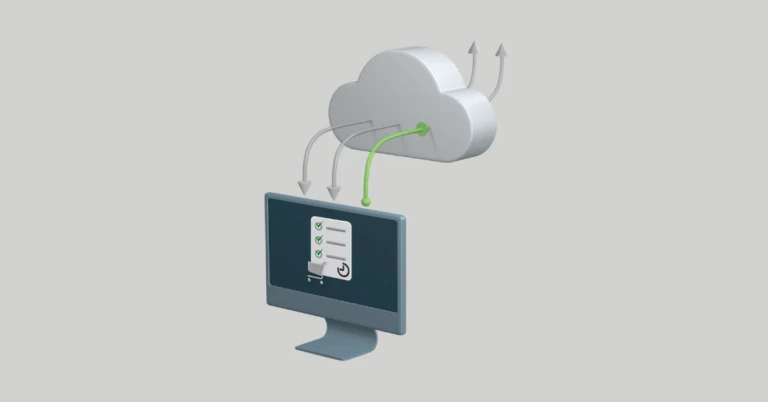
Complexities of MRO: What keeps MRO managers up at night?
On top of the everyday complexities of MRO, those in the industry need to tackle disruptions affecting supply chains and increasing risks. What keeps MRO managers up at night?
If the headline got your attention, you already know how complicated the area Maintenance, Repair and Operations (MRO) is. I did too, but I was focused on procurement topics such as supplier information management, back-end integrations (between EAM, Inventory and other systems), the complexity of purchasing services, and bundling services and products. These are enough to make anyone either afraid of modernizing their MRO processes or desperate to do it.
It wasn’t until I read the report titled MRO Survey 2018 – Tackling Industry Disruption (by Oliver Wyman, authors Derek Costanza and Brian Prentice) that I gained a new appreciation for what really keeps MRO Managers up at night.
The report discusses the top 3 disruptors in MRO on which I’ll give my own two cents below:
- the risks associated with cybersecurity,
- the rise and domination of the Original Equipment Manufacturers (OEM) in the aftermarket, and
- the increasing labor shortage in the MRO industries.
1. Cybersecurity: The double-edged sword of digitalization
It is such a shame that an organization who digitalizes its operations to become more modern, streamlined, and possibly even green, is punished by the threat of cyber-espionage, hacking, and disruption. According to expert estimates, there are over 300,000 professional hackers globally. And everyone is a target – from well-known corporations, such as Target (the retailer) or Sony, to utilities, banks, and governmental institutions. Even the small companies are targeted for IP.
How does this relate to MRO? As an organization and its suppliers become digitalized and their supply chains become more interconnected, they expose themselves to the weakest link in the chain. The weak link could be just as well the fortune 500 OEM or the one warehouse without the latest security patch. According to the report, only 9% of MROs had established security standards for third-party vendors. With this in mind, it might be time to have a chat with your Head of IT Security.
2. Aftermarket: OEMs are using IPR to take market share
The second MRO disruptor is the OEMs controlling the IP on components and systems. If you are an OEM servicing the MRO aftermarket, this makes perfect sense. Step 1: connect service agreements and extended warranties to the use of OEM parts. Step 2: profit. The issue has, of course, more nuanced, but you got the idea. According to the report, this is raising prices for parts and services across the board.
Working in procurement, if your single most important KPI is to reduce costs, then you might be feeling a little squeezed by your suppliers in this situation. The way I see it, another consequence of the OEMs becoming more dominant in the aftermarket is that the supply chains might have more single points of failure. Think about it: what happens if the one supplier you are allowed to buy components from has problems in production or logistics?
It’s no wonder that those in MRO are seeing this phenomenon of OEMs gaining increased presence in the aftermarket as having the single most disruptive influence.
3. Labor shortage: Good help is hard to find
In a recent Gartner report, CPOs cited the shortage of category expertise as one of their top issues. Interestingly, they were looking to alleviate the dearth of skills by relying on their suppliers to fill in the gap. In MRO, the labor shortage seems to be everyone’s headache (according to the Oliver Wyman report). But even with similar shortfalls in skilled labor, MROs are not looking forward to the OEM stepping in with a guy or a girl and a wrench. And on the other hand, the report’s authors don’t believe OEMs will be too quick to jump into this side of the MRO business as it has its own set of complications and lower margins.
I believe the labor shortages will only increase as MROs automate further and further, and maintenance requires higher skill sets. Alternatively, digitalization may create some simplification to the whole process – perhaps all the thinking will soon be done by an AI with a good list of parts and equipment linked to the maintenance schedules with direct lines to suppliers.
Between cybersecurity, empowered OEMs, and labor shortages, the MRO Managers sure have their work cut out for them. I’d like to think the solutions OpusCapita offers to support MRO procurement might do something to take a little stress out of their day, especially when it comes to the more concrete MRO procurement challenges I mentioned in the beginning. Creating efficient purchasing processes for MRO, gaining control over maintenance spend, and ensuring contract compliance might just help them sleep a little better at night and breathe a little easier.







